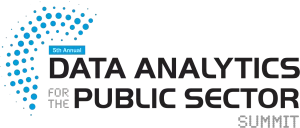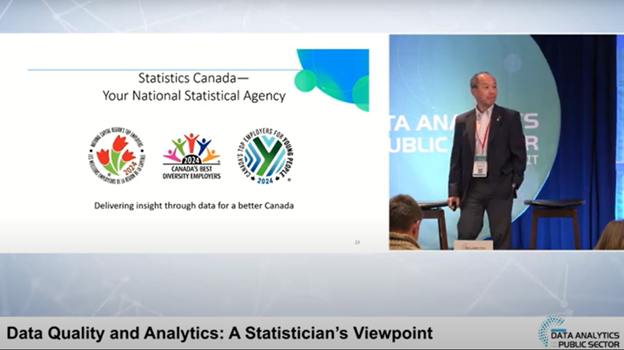In the rapidly evolving world of artificial intelligence, public safety is experiencing a revolutionary transformation. Beyond science fiction fantasies, AI is becoming a critical tool in protecting communities in ways we never imagined. Let’s dive into ten groundbreaking applications that are changing the game.
1. Water Supply Protection: The Silent Guardian
Imagine an AI system that can detect a potential water contamination attack within 90 minutes, potentially saving thousands of lives. Researchers at the National Research Council of Canada have developed an algorithm that analyzes 911 call patterns to identify water distribution system threats. By tracking temporal and spatial call metadata, this AI can pinpoint the exact location of a potential poisoning attack with 93% accuracy.
2. Forest Fire Early Warning Systems
Similar to the water distribution model, AI can now predict and track the spread of forest fires using IoT devices and spatial analysis. By understanding complex dispersion patterns, emergency services can be alerted and mobilized faster than ever before.
3. Epidemic and Disease Tracking
Machine learning algorithms can now track the spread of infectious diseases by analyzing call patterns, medical records, and geographic data. This predictive approach allows health authorities to respond more quickly and strategically.
4. Tick-Borne Disease Localization
Researchers are applying similar AI techniques to map and predict the spread of tick-borne diseases, helping communities take proactive prevention measures.
5. Product Recall Management
AI can now track and analyze consumer complaint patterns, helping companies and regulatory bodies identify potential product safety issues faster and more efficiently.
6. Emergency Response Optimization
By analyzing historical data and real-time information, AI can help emergency services optimize resource allocation and response strategies during crisis situations.
7. Cybersecurity Threat Detection
Machine learning algorithms can now identify potential cyber threats by recognizing complex patterns in network traffic and user behavior.
8. Disaster Response and Recovery
AI can help predict the impact of natural disasters, optimize evacuation routes, and coordinate rescue efforts more effectively.
9. Pharmaceutical Safety Monitoring
By tracking adverse reaction reports and medical data, AI can help identify potential drug safety issues before they become widespread problems.
10. Predictive Policing and Crime Prevention
Advanced AI models can analyze crime data to help law enforcement agencies predict and prevent potential criminal activities.
The Key Takeaway
These applications demonstrate that AI is not just about technology—it’s about saving lives, protecting communities, and creating a safer world. As Dr. Roshani from the National Research Council of Canada eloquently stated, quoting Gene Kranz: “I don’t care what anything was designed to do. I care about what it can do.”
The future of public safety is here, and it’s powered by artificial intelligence.
This blog post is based on the 2024 DAPS Summit Session presented by Dr. Ehsan Roshani of the National Research Council of Canada.






